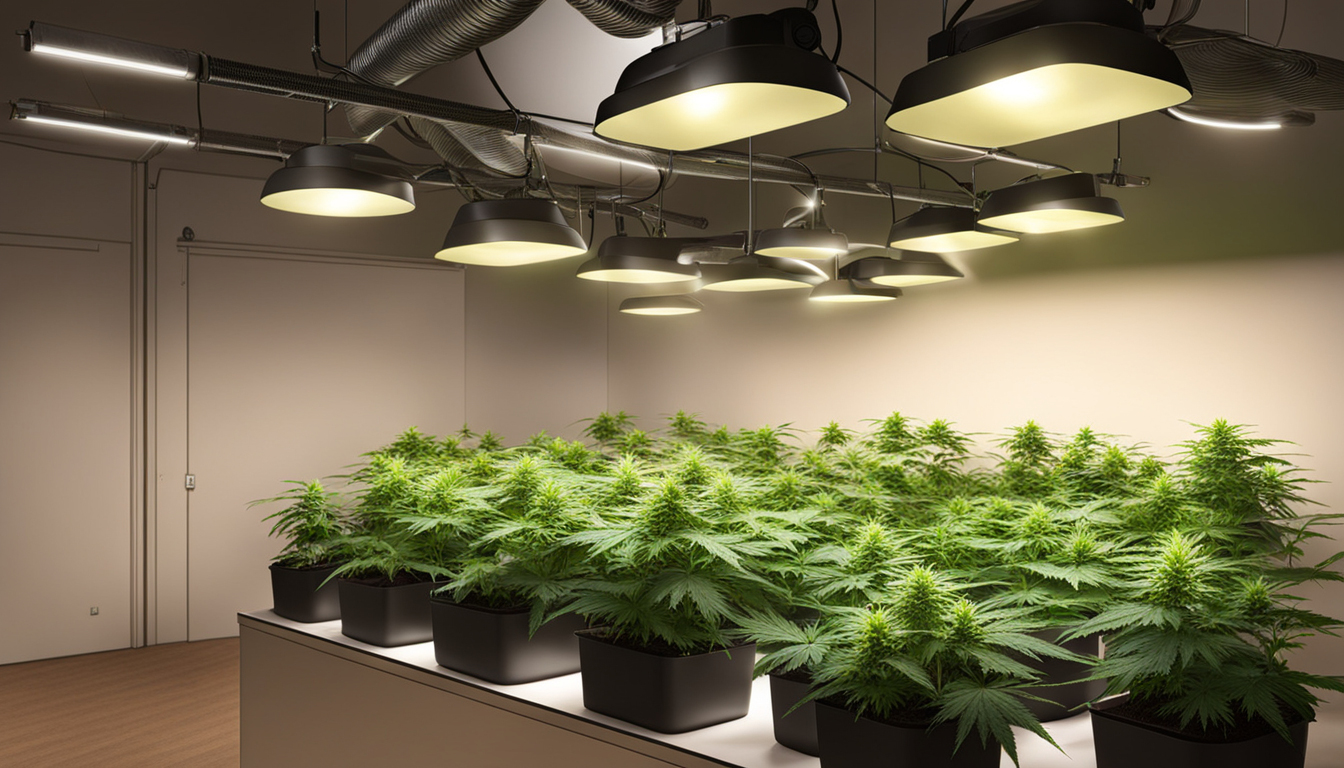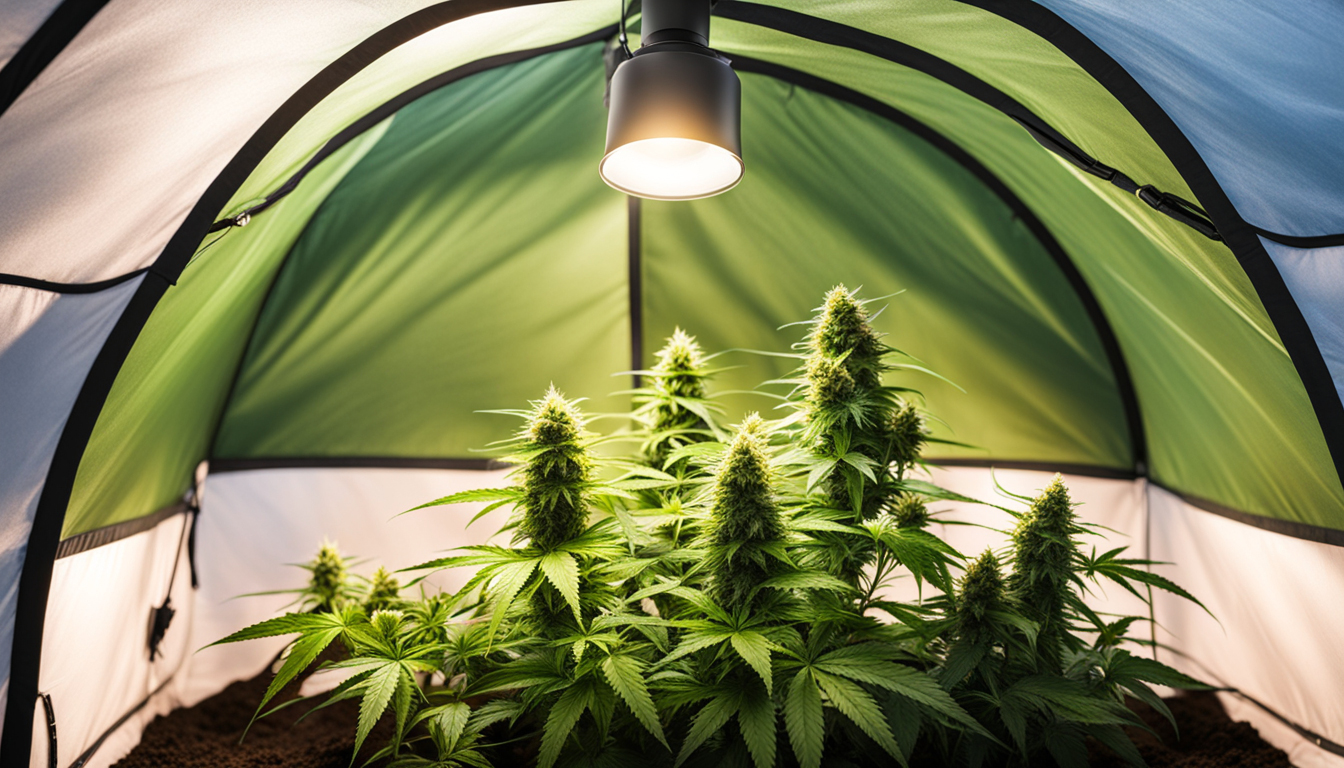
Whether you're just starting out with marijuana growing or looking to improve your existing crop, following this complete guide will help you produce large, high-quality yields right at home. With the right equipment, strategies, and attention, growing weed indoors can be an extremely rewarding and cost-effective endeavor.
Choosing Cannabis Strains
The first step in planning your indoor harvest is choosing the right marijuana varieties to cultivate. The three main types of pot plants each have their own qualities.
Energizing strains
Known for their invigorating cerebral effects, these strains spread tall and slender with narrow leaves. They thrive in warmer tropical climates and have a longer blooming time between 2.5-3 months indoors. Top sativa strains include Jack Herer, Durban Poison, Super Lemon Haze, and Jack Herer.
Relaxing strains
Indicas provide relaxing body-focused effects and spread short and bushy with broad leaves. Accustomed to colder mountain climates, they flower faster within 2-2.25 months. Popular relaxing varieties include Granddaddy Purple, Northern Lights, and Bubba Kush.
Mixed strains
Mixed strains mix traits from both energizing strains and relaxing strains. They offer combined effects and have moderate blooming periods around 9-10 weeks. Popular hybrids are OG Kush, Girl Scout Cookies, and Blue Dream.

Setting Up Your Cultivation Space
Cannabis plants need the right controlled environment to thrive. Key factors for indoor grows are lights, airflow, layout, and finding the ideal discreet spot.
Location
Choose an available space with quick access to irrigation and electrical outlets. An empty extra bedroom, unused closet, basement corner, or grow tent tucked away in a garage all make great stealthy cultivation room spots.
Lights
Weed requires powerful light for all growth stages. LEDs are efficient and come in full spectrum options replicating natural outdoor light. Provide 15-25 watts per sq. ft for the vegetative stage and 20-40 watts per sq. ft. for flowering.
Ventilation
Proper ventilation and exhaust systems maintain ideal temperature, humidity, and pure CO2 levels. Install silent 10-15 cm fans or carbon filters to circulate stale air and eliminate smells.
Layout
Maximize your space by arranging plants carefully under the lamps and leaving room to reach and work around them. Set up distinct zones for vegetation, flowering, curing, and propagation.

Cultivation Mediums
Weed can be grown in different substrates, each with benefits and cons. Pick a appropriate option for your particular setup and growing style.
Soil
The classic medium, soil is affordable and easy for new growers. It provides excellent taste but needs more irrigation and nutrients to feed plants. Enrich soil with perlite or coco to improve drainage.
Coco Coir
Made from coir, renewable coconut fiber holds water but still lets in air to the roots. It's more sterile and more consistent than soil. Use coir-specific fertilizers to avoid calcium buildup.
Hydroponics
In hydro systems, plant roots grow directly in nutrient water solution. This allows rapid growth but needs close monitoring of water chemistry. Deep water culture and drip systems are common methods.
Germinating Seeds
Germination activates your weed seeds to begin sprouting taproots. This prepares them for planting into their growing medium.
Paper Towel Method
Place seeds between damp paper towels and keep Click Here them damp. Inspect after a week for growing radicles showing sprouting is complete.
Planting directly
Insert seeds right into pre-moistened growing medium 6mm deep. Gently water and wait 7-14 days until sprouts push through the surface.
Rockwool Cubes
Presoak cubic rockwool starters in pH-adjusted water. Place seeds 6mm deep into the cubes. Keep cubes wet until seedlings emerge within 1-14 days.
Transplanting Young plants
Once germinated, marijuana young plants need to be transplanted to avoid overcrowding. Move them into appropriately sized pots.
Ready Containers
Load final pots with growing medium amended with slow-release fertilizer. Let containers to absorb water overnight before repotting.
Gently repotting
Carefully loosen seedling roots from germination medium using a spade. Put into prepared container at same depth as before and gently water in.
Growth Stage
The vegetative stage promotes foliage and plant form through 18-24 hours of daily light intensity. This stage usually lasts 1-2 months.
Using 18-24 Hours of Light
Use lamps on a 24 daily cycle or natural sunlight to initiate nonstop photosynthesis. Light output influences height and internodal spacing.
Fertilizing
Use grow stage fertilizers higher in nitrogen. Make sure pH remains around 6.5 for proper fertilizer absorption. Feed 1⁄4 to 1⁄2 concentration after 14 days and increase slowly.
LST and topping
Fimming, low stress training, and scrogging manipulate shoot patterns for even canopies. This increases yields.

Flowering Stage
The blooming stage grows buds as plants show their sex under a 12 hour light timing. It lasts 8-12 weeks based on strain.
Switching to 12/12
Switch lamps to 12 hours on, 12 hours off or place outside for outdoor 12 hour cycle. This signals plants to begin flowering.
Flushing
Flushing flushes out nutrient salts to enhance taste. Fertilize lightly the first weeks then just use pH'd water the final 2 weeks.
Flushing
Maintain 12/12 light timing but flush using neutral pH water only. Resume clean watering if buds aren't ripe after two weeks.
Harvesting
Recognizing when cannabis is completely mature ensures maximum potency and aroma. Harvest plants at peak ripeness.
Identifying Ripeness
Look for fading pistils, swelling calyxes, and 10-15% cloudy trichs. Check buds across the plant as they won't all ripen evenly.
Cutting Plants
Use sterilized, razor-sharp pruning shears to carefully slice each plant at the base. Leave several inches of stalk attached.
Drying
Hang intact plants or branches upside down in a lightless room with average temperature and RH around 50-60% for 7-14 days.
Aging
Aging continues drying while improving the buds like fine wine. This technique smooths harshness and intensifies terpene and terpene profiles.
Curing containers
Manicure dried buds from stems and store into sealed containers, filling about 3⁄4 full. Use a sensor to measure jar humidity.
Opening jars daily
Unseal jars for a few hours each day to gradually lower humidity. Rehydrate buds if RH goes under 55%.
Final Cure
After 2-3 weeks when moisture levels off around 55-65%, perform a last trim and store forever in airtight jars.
Common Problems and Solutions
Even experienced growers run into different pot plant problems. Identify issues early and fix them correctly to maintain a strong garden.
Poor feeding
Chlorosis often signify insufficient nitrogen. Purpling stems and leaves show low phosphorus. Test pH and boost nutrients gradually.
Pests
Thrips, aphids, fungus gnats, mites, and nematodes are common cannabis pests. Use neem oil sprays, predator bugs, and yellow traps for organic control.
Mold
High humidity promotes botrytis and root rot. Increase circulation and circulation while lowering humidity below 50% during flowering.

Conclusion
With this complete indoor cannabis cultivation guide, you now have the info to cultivate bountiful strong buds for private harvests. Follow these steps and techniques throughout the seed starting, vegetative, and bloom stages. Spend in good gear and closely monitor your plants. In time, you'll be rewarded with frosty fragrant buds you raised yourself under the patient guidance of your green hands. Good luck cultivating!